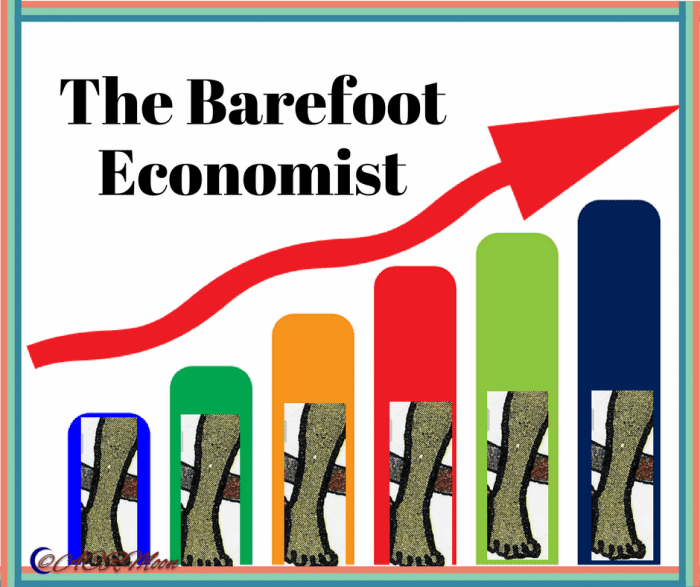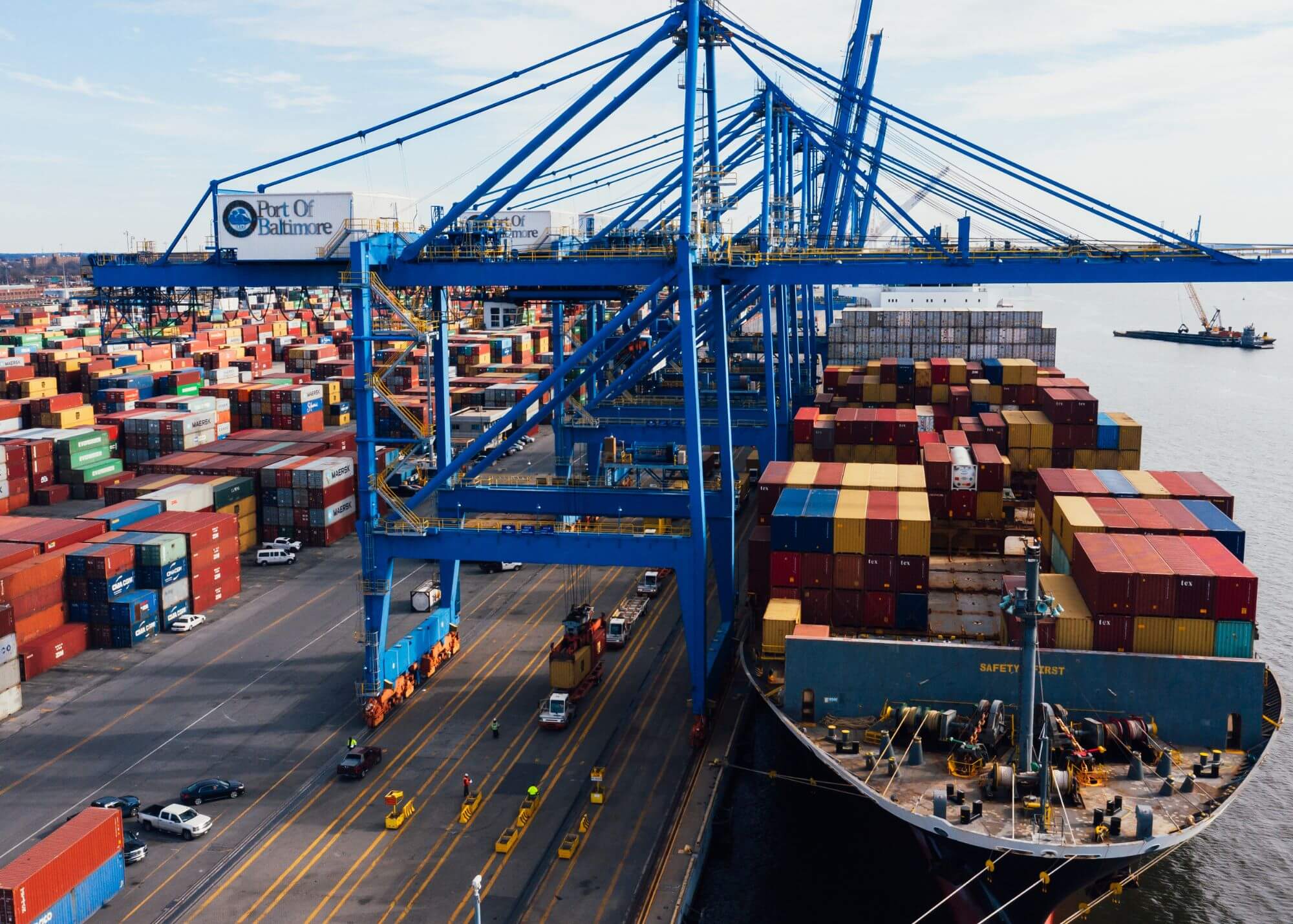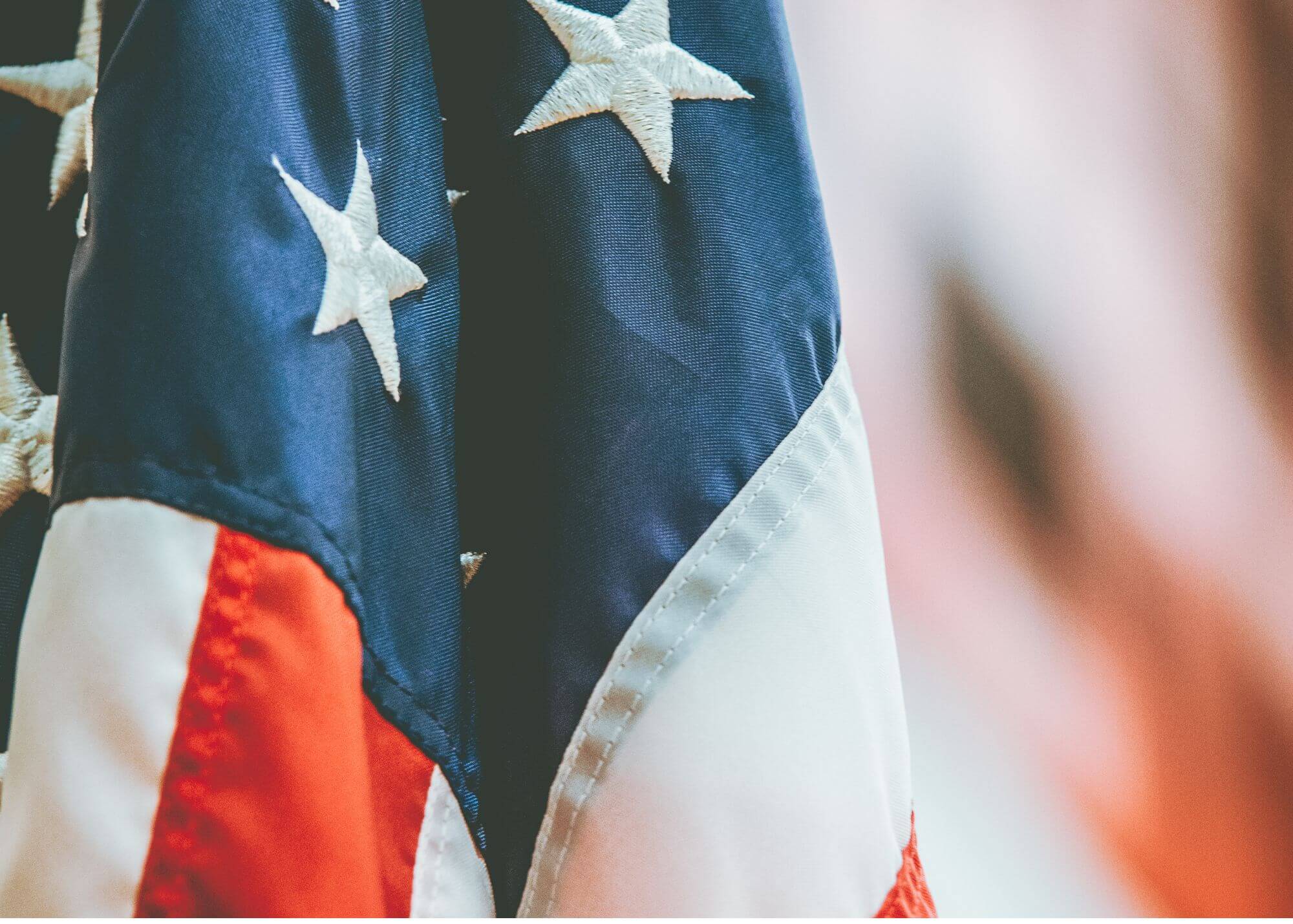Prof Bhaskar criticises US tariffs on Indian agricultural exports, citing concerns about India’s trade balance and reliance on this sector, prompting questions about trade diversification, exclusively for Different Truths.

The government of India has recently expressed serious concern for the proposed imposition of a cent percent tariff by its trade ally, the United States of America, on India’s exportable agricultural goods that aim for the US market. The concern is serious, for in the colonial division of labour, India continues to rely on the export of agricultural goods, absolutely and relatively, knowing that the trade balance and the terms of trade remain adverse. Still then, Foreign Exchange Reserves and export value should not fall. So, the government is concerned. However, to ease the situation, the Government of India indicated its willingness to offer tariff cuts on a range of products that the US exports to India to avoid Trump’s plan to impose reciprocal tariffs on April 02, 2025. We need to decompose the problem further.
Some questions come up, like: Is India, among other agriculture-based exporting countries, mainly from the competing developing countries, more adversely affected because of US pressure on the trade front? If yes, why? It is a known fact that the US has been an exception state since 1942, when she joined the Allies in the Second World War, because of which, at the end of the war, she built institutions of her choice, other than the World Trade Organisation (WTO) that came later. Even after the WTO arrived, almost all the headquarters of trade-related negotiations were in the United States, so it became difficult for developing countries to maintain regular staff there to point out the problems that they faced in trade.
Rather than making the canvas big, let us concentrate on the current point, that is, even after friendly relations of the Modi government in India with the United States, particularly with its present President, why did the United States under Trump abruptly propose to impose cent percent tariffs on agricultural goods exportable from India?
In 2023-2024, that is the latest year that we have data for India, agriculture and allied products had an export value in US dollars 35,064.93 million that included mainly rice (Basmati and non-Basmati), other cereals, pulses, tobacco, oil and oil seeds, fruits and vegetables, dairy products, poultry products, meat, etc. India’s agriculture trade balance (export value – import value) was negative each year for the past five years (2019-2024).
The top five exporters of agricultural goods in the world economy include the United States, China, the Netherlands, Brazil and France, with the US taking the lead in export value at $178.7 billion in the year 2023. In 2023, India retained her position as the world’s 8th largest exporter of agricultural goods. And India is the 12th largest exporter of merchandise exports in the world as of 2023, which India cannot afford to lose. Even by inelastic imagination, India lags much more in exports of non-agricultural goods. The concern for the US’s proposed imposition of tariffs on India’s agriculture exports is because the US happens to be the top destination country for India’s merchandise exports; the same is true for agricultural goods exports.
The largest importers of India’s agricultural goods as of 2024-2025 were the United States, China, the UAE, and Saudi Arabia, with the USA taking the lead with 10.55 per cent of all imports of agricultural goods by the rest of the world. China followed with 6.99 per cent. The number of countries that import India’s agricultural goods is large, which gives India scope for changing export direction by countries.
What can be the appropriate step now for India to follow? Can it divert trade direction from the US to other countries? The Government of India has already set up 13 Agri Cells in Indian Embassies, namely, in the US, Vietnam, Bangladesh, Nepal, UAE, Iran, Saudi Arabia, Malaysia, Indonesia, Singapore, China, Japan and Argentina, to provide data on possibilities of export promotion of agricultural goods from India.
We need to remain aware of some general facts on the trade front. One, most of the trade occurs in extra-advanced countries. Two developing countries compete among themselves to promote exports of agricultural goods. Three, developing countries still practice the colonial division of labour. Fourth, as a consequence, trade balance remains adverse as well as the terms of trade being adverse. China is an exception in this bracket, or that China would no longer like to be bracketed inside the developing countries.
An imposition of a cent percent tariff on India’s agricultural goods by the United States obviously will have a further adverse impact on India’s the US being the destination country that is the largest importer from India. India may not be willing to lose this market, for otherwise she will have to search for many countries as destinations of exportable goods. Also, it is not easy to change the commodity composition of exports because the high-order goods that advanced countries or developed market economies (DMEs) trade in intra-DMEs may invite more strong and diplomatic steps like entering the European Union, etc.
Some questions are basic, like, is India an agricultural surplus economy? If yes, is home demand/need fulfilled for food grains in particular? Does India have no alternative but to rely on exports of agricultural goods in the main export basket? Is the US an indispensable country as the first destination of India’s overall exports and particularly exports of agricultural goods? All these questions cannot be answered readily, though they are relevant for food sovereignty, trade relations, etc. What we can suggest here is to find out destinations in countries in Africa, Asia and South America that can reduce India’s US-dependence if the Government of India has no collusion with the United States like defense deals, joint military marches, surveillance on perceived hostile neighbours, etc.
The possibilities probably lie in selecting destinations like China in Asia, Nigeria in Africa, and Brazil in South America that are large economies by size of population, apart from building a strong trade base intra-SAARC (South Asian Association for Regional Cooperation).
In my understanding, the US’s intimidation to impose reciprocal tariffs on goods that India exports to the US is part of her strategy to get rid of recession as well as China’s domination, like in shipbuilding and control over oceans. With China reducing imports from the US, the US looks at India as the key buyer of her exportable goods – precisely, the US needs more market access in India, where crops like corn, cotton, and soybean are of prime importance. India is already a net importer of cotton because of its decline in internal output. India has no game in the US-China trade conflict or ocean control in the immediate future other than accepting the ‘rising sun’ as a trade partner – it is China that only can neutralise US intimidation, of which trade is a part. The economic possibility is, of course, a political calculus.
Source of Data: GoI, The Ministry of Commerce & Industry; DGCIS.






 By
By
 By
By

 By
By